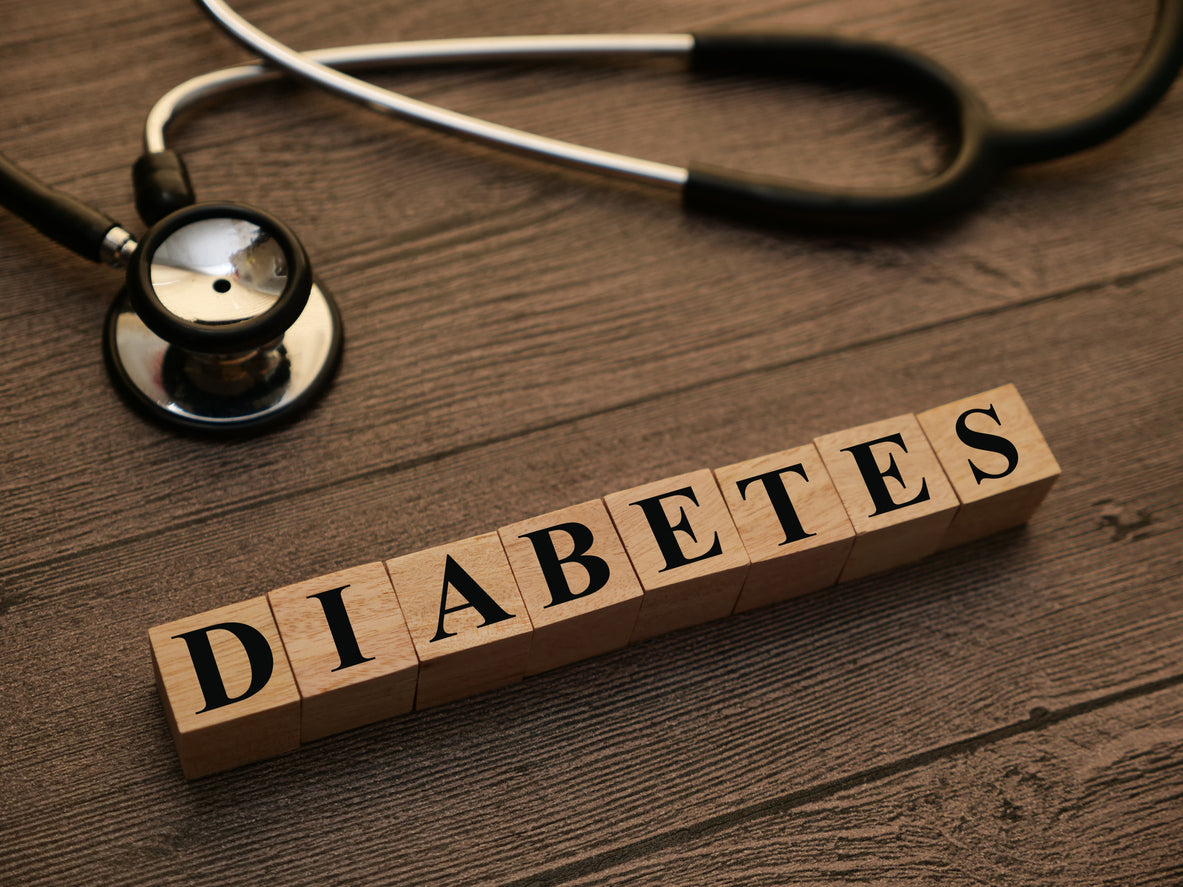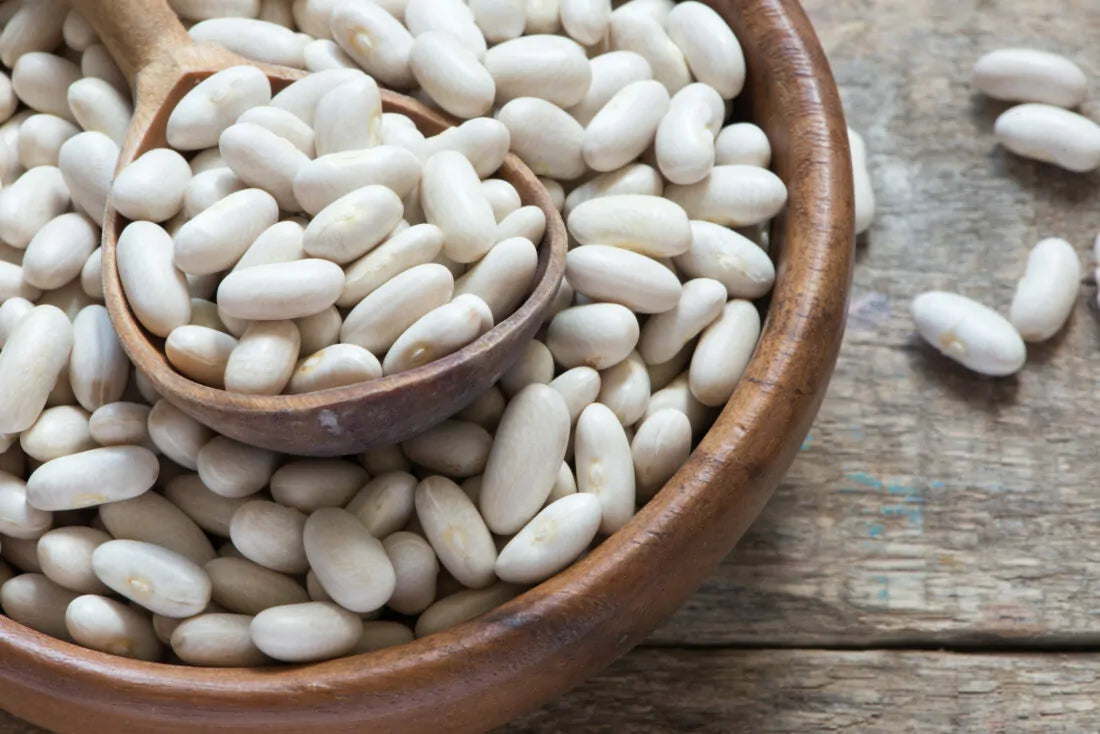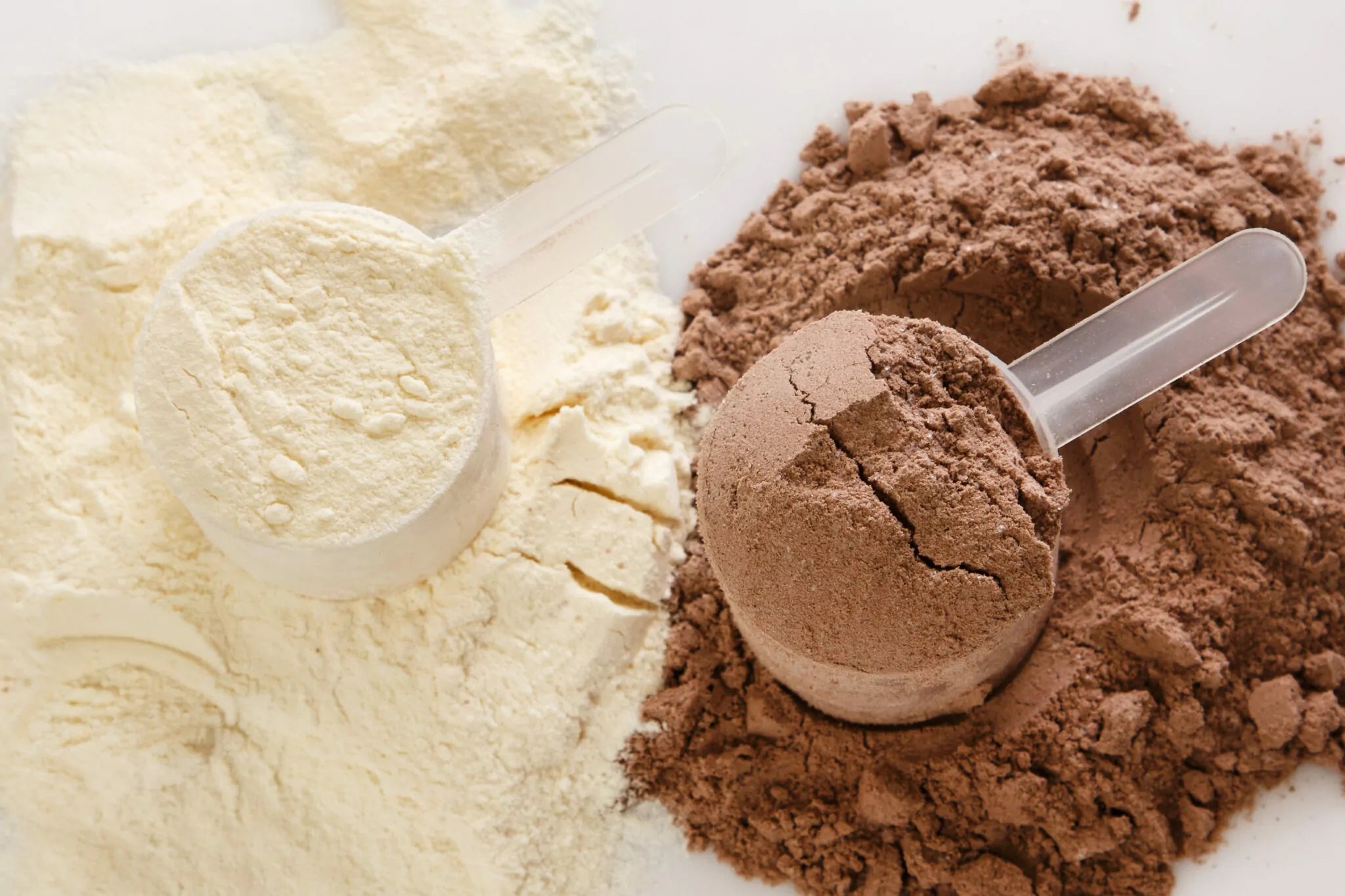هل يعد برنامج إنقاص الوزن باستخدام السيماجلوتيد حلاً فعالاً؟
يختار العديد من الأشخاص تناول أدوية إنقاص الوزن كحل سهل، لكنهم غالبًا ما يكونون غير راغبين في تغيير العادات أو تناول الطعام الصحي. السمنة مرض أيضي مزمن يصيب الملايين في جميع أنحاء العالم، مما يزيد من خطر الإصابة بالعديد من الحالات الصحية الخطيرة، بما في ذلك مرض السكري من النوع 2. تظهر الأبحاث أن 28% من الأشخاص يعانون من السمنة. من البالغين في المملكة المتحدة يصنفون على أنهم يعانون من السمنة، ومن المتوقع أن يرتفع هذا العدد إلى 60% بحلول عام 2050.
هل نحن أفضل حالاً في الدنمرك؟ من المؤسف أن معدلات السمنة ارتفعت بشكل ملحوظ هنا أيضاً، ونحن لسنا بعيدين عن الاتجاه السائد في المملكة المتحدة. وهذا يجعل السمنة واحدة من أكبر التهديدات للصحة العامة، لأنها أحد الأسباب الرئيسية للوفيات التي يمكن الوقاية منها. وهناك حاجة ملحة إلى تدخلات فعّالة للحد من انتشار السمنة والأمراض المرتبطة بها، وخاصة مرض السكري من النوع الثاني.
عند مقارنة نظام غذائي منخفض السعرات الحرارية للغاية (VLCD) مع علاج السيماجلوتيد وحده، يصبح من الواضح أن نظام VLCD يوفر العديد من المزايا الهامة.
استراتيجيات إنقاص الوزن باستخدام السيماجلوتيد وVLCD
تعد استخدام سيماجلوتيد، وهو منبه لمستقبلات الببتيد الشبيه بالجلوكاجون-1 (GLP-1)، أحد أكثر استراتيجيات إنقاص الوزن فعالية للأشخاص المصابين بداء السكري من النوع 2. وقد أظهر سيماجلوتيد، الذي يتطلب فترة تصعيد للجرعة لمدة 8 أسابيع، فقدانًا متوسطًا للوزن بلغ 4.5 كجم على مدار 30 أسبوعًا. وقد تمت الموافقة على سيماجلوتيد من قبل إرشادات المعهد الوطني للرعاية الصحية والرعاية الصحية لعلاج داء السكري من النوع 2 على المدى الطويل، كما تنتظر تركيبة جرعة أعلى، ويجوفي، الموافقة الرسمية لعلاج السمنة في المملكة المتحدة. ويتمثل أحد الأهداف الرئيسية للأشخاص المصابين بداء السكري من النوع 2 في تحقيق التحكم الأمثل في نسبة السكر في الدم، والذي يمكن تحسينه من خلال فقدان الوزن.
إن اتباع نظام غذائي منخفض السعرات الحرارية للغاية يعد استراتيجية أخرى فعالة لفقدان الوزن. يتضمن هذا النظام تناول حوالي 800 سعر حراري يوميًا، وقد ثبت أنه يؤدي إلى فقدان الوزن بشكل كبير وتحسينات في التحكم في نسبة السكر في الدم. لفحص تأثير العلاج المشترك بالسيماجلوتيد والنظام الغذائي منخفض السعرات الحرارية للغاية، أجريت دراسة على 19 فردًا مصابًا بداء السكري من النوع 2 ومؤشر كتلة الجسم لديهم أعلى من 27 كجم/م². تم تعيين المشاركين عشوائيًا على أحد التدخلات الثلاثة لمدة 12 أسبوعًا: السيماجلوتيد (ن = 7)، والنظام الغذائي منخفض السعرات الحرارية للغاية (ن = 7)، ومزيج من السيماجلوتيد والنظام الغذائي منخفض السعرات الحرارية للغاية (ن = 5).
نتائج الدراسة
أظهرت الدراسة أن المجموعات الثلاث حققت خسارة كبيرة في الوزن. ومع ذلك، كان فقدان الوزن أكبر بشكل ملحوظ لدى المشاركين الذين اتبعوا نظام VLCD والعلاج المركب مقارنة بمن تلقوا عقار سيماجلوتيد وحده. كان فقدان الوزن 14.0 كجم و14.9 كجم لمجموعتي VLCD والعلاج المركب، مقارنة بـ 6.4 كجم لمجموعة سيماجلوتيد وحدها (قيمة p<0.01 لكليهما). أدى العلاج المركب إلى أكبر نسبة انخفاض في الوزن (14.2٪)، وهي نسبة أكبر بكثير من فقدان الوزن لمجموعة سيماجلوتيد (6.3٪، قيمة p<0.01). كما أدى نظام VLCD إلى نسبة انخفاض أعلى في الوزن مقارنة بسيماجلوتيد وحده (11.6٪، قيمة p<0.05)، ولكن لم يكن هناك فرق كبير بين مجموعتي VLCD والعلاج المركب. وقد شهدت جميع المجموعات انخفاضًا كبيرًا في مستويات الهيموجلوبين السكري التراكمي (HbA1c)، مع وجود اتجاه نحو انخفاض أكبر في مستويات الهيموجلوبين السكري التراكمي (HbA1c) في المجموعة المركبة مقارنة بمجموعة السيماجلوتيد (21.2 مليمول/مول مقابل 11.3 مليمول/مول، ص = 0.065).
مزايا نظام VLCD مقارنة بنظام Semaglutide
تسلط نتائج الدراسة الضوء على العديد من مزايا نظام VLCD مقارنةً بالسيماجلوتيد وحده:
- فقدان الوزن بشكل أكبر : تُظهر الخبرة السريرية والأبحاث أن نظام VLCD يؤدي إلى فقدان وزن أكبر بشكل ملحوظ في وقت قصير مقارنة بالسيماجلوتيد. بالنسبة لأولئك الذين يحتاجون إلى تقليل الوزن بسرعة لتحسين الصحة، مثل تقليل إجهاد المفاصل، أو تحسين صحة القلب والأوعية الدموية، أو الاستعداد للجراحة، فإن طريقة فقدان الوزن السريعة هذه لا تقدر بثمن.
- تحسين التحكم في نسبة السكر في الدم : يوفر العلاج المركب باستخدام نظام غذائي منخفض السعرات الحرارية وسيماجلوتيد تحكمًا أفضل في نسبة السكر في الدم مقارنة بالسيماجلوتيد وحده. وهذا يعني مستويات أكثر استقرارًا من السكر في الدم، وهو أمر بالغ الأهمية لأولئك الذين يديرون مرض السكري من النوع 2. قد يكون هذا المزيج مفتاحًا لتحقيق شفاء مرض السكري، وهو أحد أهدافنا النهائية في علاج مرض السكري.
- تقليل مقاومة الأنسولين : تعد مقاومة الأنسولين مشكلة أساسية في مرض السكري من النوع 2. وقد ثبت أن نظام VLCD يقلل من مقاومة الأنسولين بشكل أكثر فعالية من السيماجلوتيد وحده. يساعد تحسين قدرة الجسم على الاستجابة للأنسولين في تعزيز عملية التمثيل الغذائي للجلوكوز وتقليل خطر حدوث مضاعفات خطيرة.
- العادات الصحية والتغييرات الغذائية : أحد أهم جوانب نظام VLCD هو قدرته على تعزيز العادات الصحية والتغييرات الغذائية. غالبًا ما يكتسب الأشخاص الذين يخضعون لنظام VLCD فهمًا أفضل لنظامهم الغذائي واحتياجاتهم الغذائية - من أحجام الحصص ومحتوى المغذيات إلى تقليل السعرات الحرارية. يوفر هذا النظام الغذائي الأدوات اللازمة لاتخاذ خيارات أكثر صحة، وهو أمر ضروري للتحكم في الوزن على المدى الطويل والصحة العامة.
- التغذية الكافية : يعد ضمان حصول المرضى على التغذية اللازمة على الرغم من تناول سعرات حرارية منخفضة أحد الجوانب المهمة في نظام VLCD. وعلى عكس الجوع الذي قد يعاني منه البعض مع تناول عقار سيماجلوتيد وحده، حيث قد يتناولون كميات أقل من الطعام دون الاهتمام بجودة التغذية، يوفر نظام VLCD نهجًا منظمًا. وهذا لا يضمن فقدان الوزن فحسب، بل يضمن أيضًا الحفاظ على الصحة من خلال الحصول على جميع العناصر الغذائية الأساسية، والتي تعد بالغة الأهمية للصحة على المدى القصير والطويل.
تظهر الأبحاث أكثر من وجهة نظر
باعتبارنا مستشارين مسؤولين، يتعين علينا الاعتماد على ما تظهره الأبحاث. وباعتبارنا خبراء تغذية أو أطباء، فإننا ملزمون بإيجاد أكثر طرق العلاج فعالية وشمولية. يمثل نظام VLCD مع السيماجلوتيد استراتيجية قوية يمكن أن تؤدي إلى تحسينات كبيرة في الوزن والتحكم في نسبة السكر في الدم والصحة العامة. ونحن نرى ذلك كمسار واعد للمضي قدمًا للعديد من الأشخاص، وخاصة أولئك المصابين بداء السكري من النوع 2.

مصادر:
www.simpleonlinepharmacy.co.uk دليل جرعات ويجوفي | صيدلية بسيطة على الإنترنت













































